deep dish wheels/deep lip wheels… the misnomer(s) we continue to use
with the vip/vip style/euro rat/low offset wheel styles becoming more popular abroad, and spreading it's way to our shores, i felt this was an important topic. we hear the terms wheels with lips, deep dish wheels, etc. etc. but what do those terms really mean? and how do we use them appropriately.
what is dish? what is lip? are they the same, or different
dish refers to the face of the wheel, and lip is the edge of the wheel. more technically, the lip of the wheel is the edge of the wheel that sticks out beyond the end of the face of the wheel (i.e. the wheel edge past the spokes)... which has led to some people using the term "true lip" and "fake lip".
in other words, dish and lip are separate entities.
so lip is what?
here are my own wheels as an example:
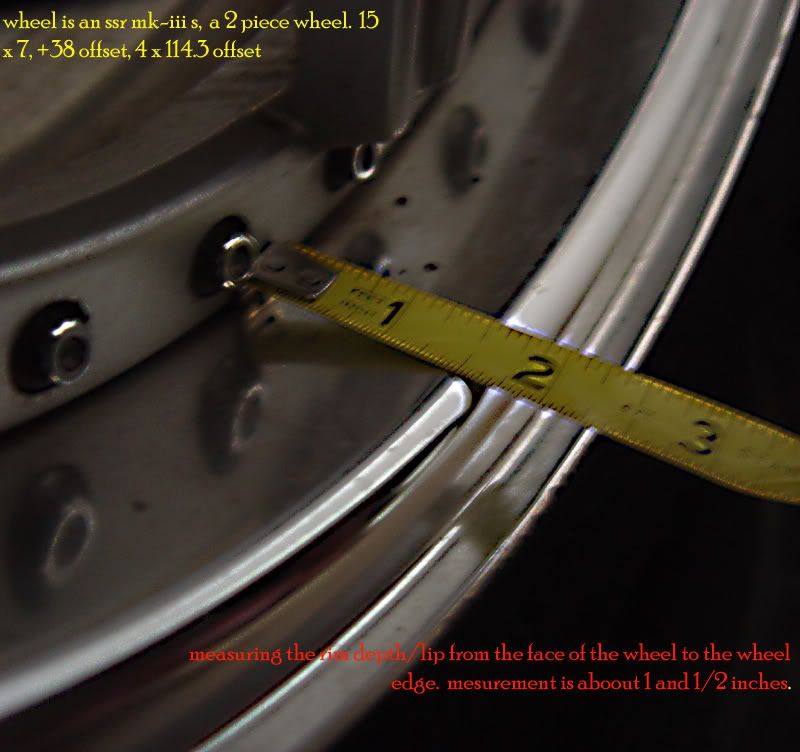
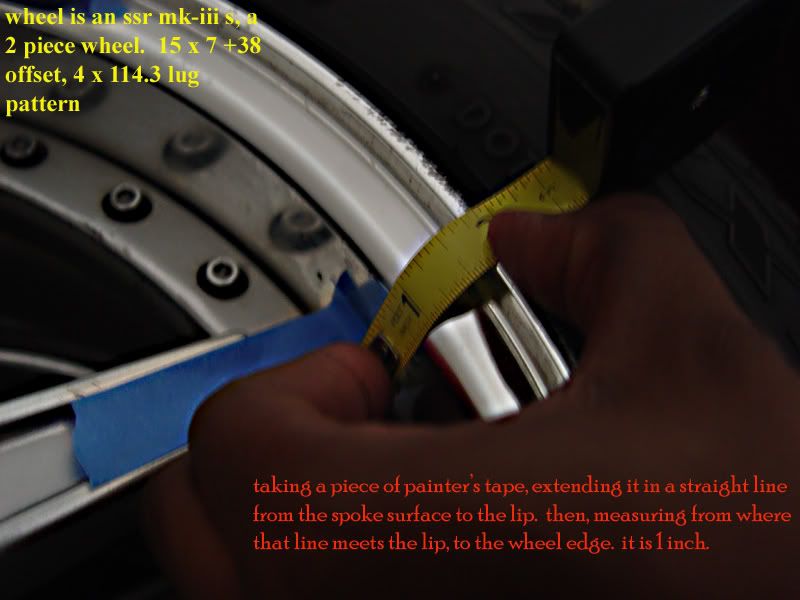
and dish is what?
dish is a term referring to the curvature of a wheel's spokes... in other words, the face of the wheel is either like a dish, flat, or concave (pics below)
so dish refers to the face, and lip refers to the edge of the wheel beyond the face and spokes. what are some examples?
a wheel can have a dish face, without having much or any lip. a wheel can also have a dish face, with a large amount of lip.
a flat face, deep lip wheel:
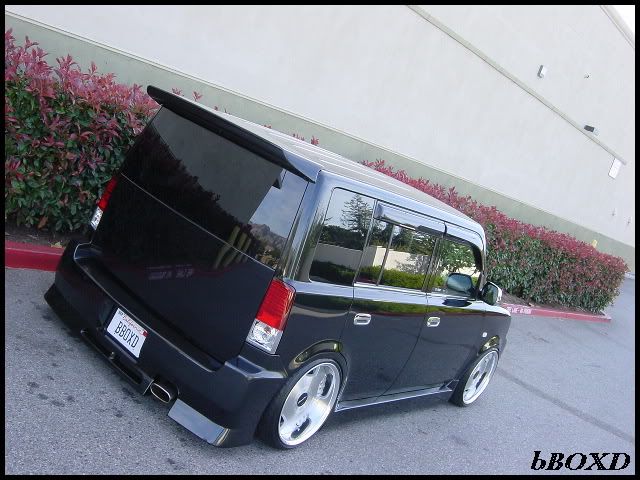
another flat faced, deep lip wheel:
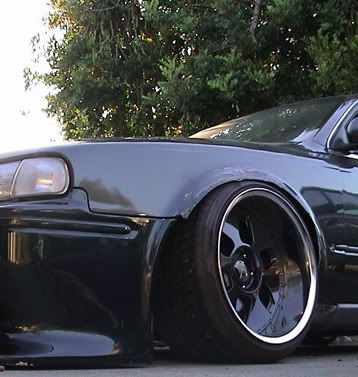
a dish face, non lip wheel (hard to tell in this pic, as it's taken end on):

another dish face, non lip wheel:

dish face, deep lip wheel:

moral of the story is: just because a wheel has a lot of lip, does not make it a deep dish wheel! it's the face that either does or does not have dish... the rest of the wheel either has lip or it doesn't.
random info:
typically, given the same size and wheel design, a lower offset wheel will have more lip than a higher offset wheel. that does not mean, however, that just because a wheel is low offset, that it will have a lip. in other words, if you want to maximize the amount of true lip that a wheel will have, you need to go with the lowest offset and widest wheel your car can fit.
with the vip/vip style/euro rat/low offset wheel styles becoming more popular abroad, and spreading it's way to our shores, i felt this was an important topic. we hear the terms wheels with lips, deep dish wheels, etc. etc. but what do those terms really mean? and how do we use them appropriately.
what is dish? what is lip? are they the same, or different
dish refers to the face of the wheel, and lip is the edge of the wheel. more technically, the lip of the wheel is the edge of the wheel that sticks out beyond the end of the face of the wheel (i.e. the wheel edge past the spokes)... which has led to some people using the term "true lip" and "fake lip".
in other words, dish and lip are separate entities.
so lip is what?
here are my own wheels as an example:


and dish is what?
dish is a term referring to the curvature of a wheel's spokes... in other words, the face of the wheel is either like a dish, flat, or concave (pics below)
so dish refers to the face, and lip refers to the edge of the wheel beyond the face and spokes. what are some examples?
a wheel can have a dish face, without having much or any lip. a wheel can also have a dish face, with a large amount of lip.
a flat face, deep lip wheel:

another flat faced, deep lip wheel:

a dish face, non lip wheel (hard to tell in this pic, as it's taken end on):

another dish face, non lip wheel:

dish face, deep lip wheel:

moral of the story is: just because a wheel has a lot of lip, does not make it a deep dish wheel! it's the face that either does or does not have dish... the rest of the wheel either has lip or it doesn't.
random info:
typically, given the same size and wheel design, a lower offset wheel will have more lip than a higher offset wheel. that does not mean, however, that just because a wheel is low offset, that it will have a lip. in other words, if you want to maximize the amount of true lip that a wheel will have, you need to go with the lowest offset and widest wheel your car can fit.

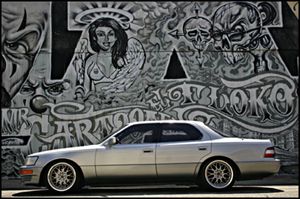
 <<<<<<<<<<<<<<<<<<<<<<<<<<<<<<
<<<<<<<<<<<<<<<<<<<<<<<<<<<<<<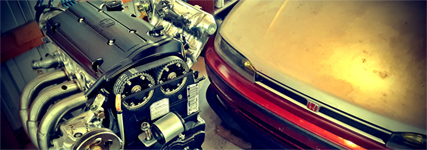

Comment